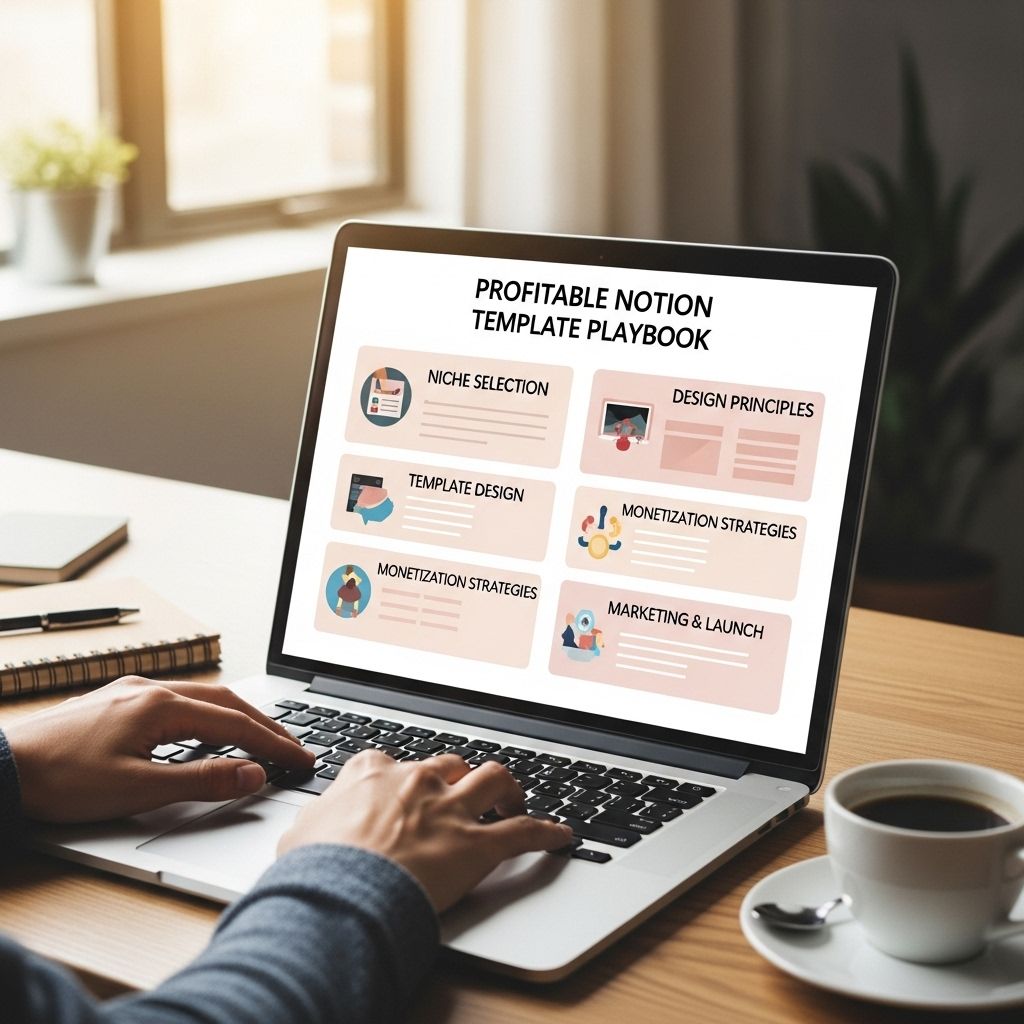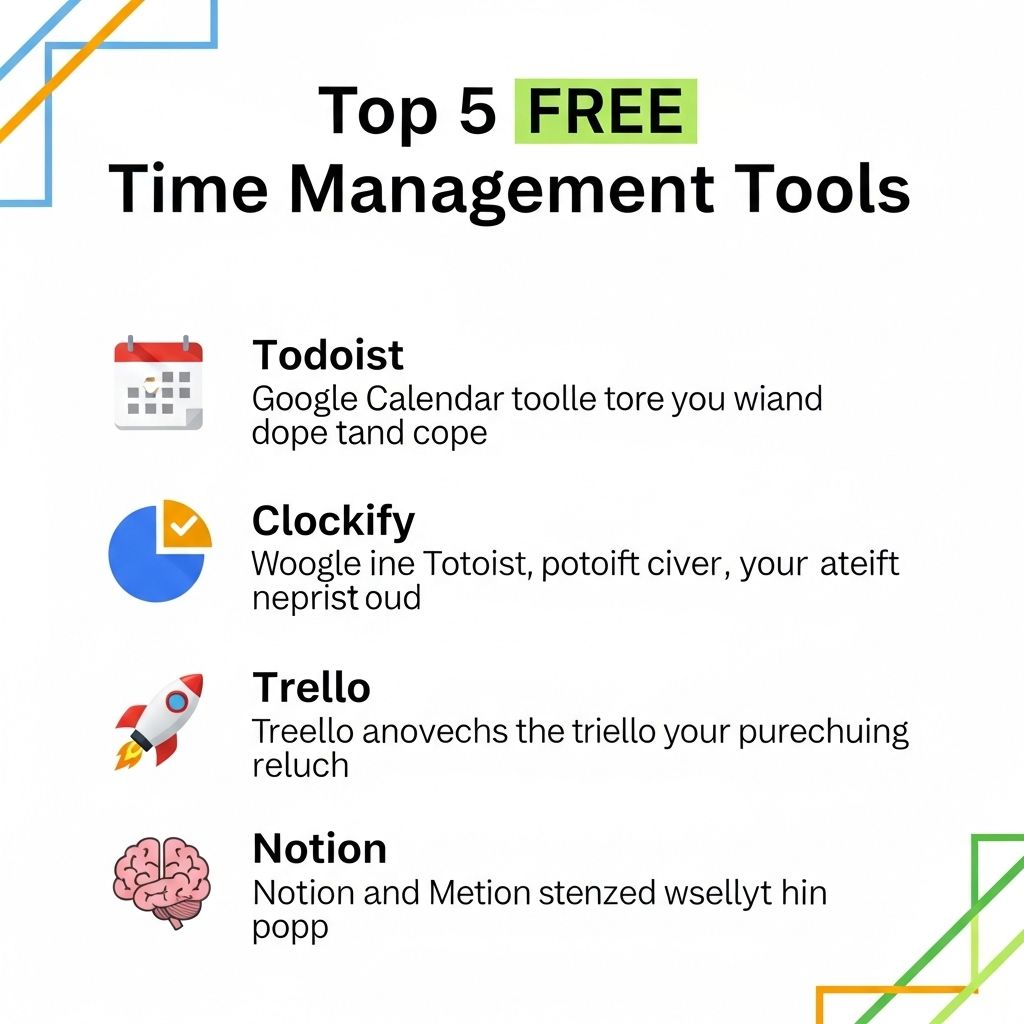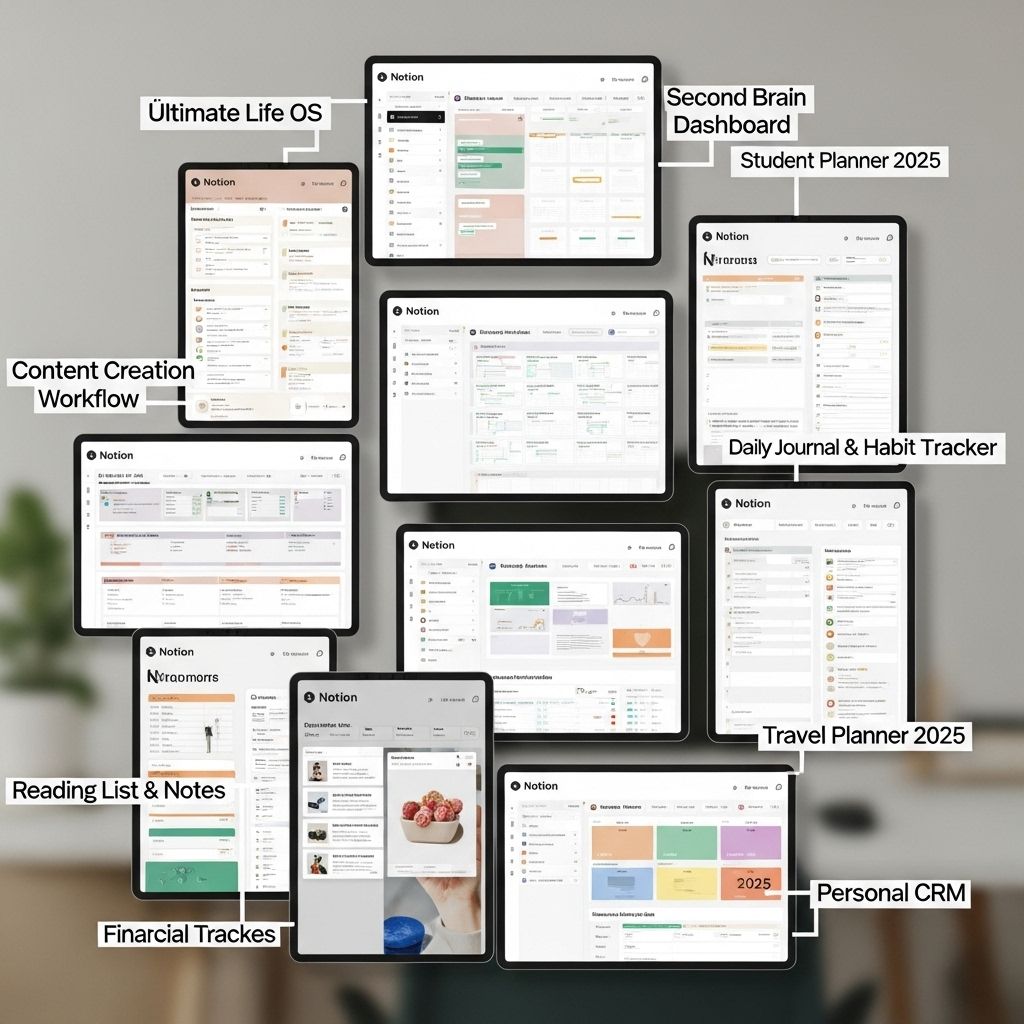In the digital age, productivity tools have become essential for individuals and teams striving for efficiency. Notion, a versatile workspace tool, has gained immense popularity for its customizable features, enabling users to create tailored solutions for their workflow needs. Many savvy creators have turned to Notion templates, not just for personal use but as a source of income. In this article, we’ll delve into the steps required to create a profitable Notion template that resonates with users and stands out in a crowded marketplace.
Understanding Notion and Its Potential
Before diving into the creation process, it’s crucial to understand what makes Notion a unique platform:
- Flexibility: Users can create databases, notes, wikis, and task lists all in one place.
- User-friendly Interface: Drag-and-drop functionality and customizable views make it accessible for all users.
- Collaboration: Teams can work together in real-time, enhancing productivity and communication.
With millions of users, the demand for specialized templates is high, offering a lucrative opportunity for creators.
Identifying Your Niche
To create a successful Notion template, start by identifying a specific niche that has a demand but is currently underserved. Here are some areas to consider:
Popular Niches for Notion Templates
- Project Management: Tools for tracking project progress, timelines, and tasks.
- Personal Productivity: Daily planners, habit trackers, and goal-setting templates.
- Education: Study planners, lecture notes, and assignment trackers for students.
- Health and Fitness: Workout logs, meal planners, and wellness journals.
- Content Creation: Editorial calendars, content planning, and social media trackers.
Researching existing templates can provide insights into what works and what gaps you can fill.
Designing Your Template
Once you’ve identified a niche, the next step is designing your template. Here are some best practices to follow:
Key Design Principles
- Simplicity: Keep the design clean and straightforward to avoid overwhelming users.
- Consistency: Use a consistent color palette, font styles, and layout throughout the template.
- Functionality: Ensure that all elements serve a purpose and improve user experience.
Utilize Notion’s database features to maximize functionality. For example, a project management template can include:
Example Features
| Feature | Description |
|---|---|
| Task List | A table to track tasks, deadlines, and responsible team members. |
| Kanban Board | A visual representation of project stages for better overview. |
| Calendar Integration | Sync tasks with a calendar view for better planning. |
Testing and Feedback
After creating your template, it is essential to test its functionality and gather feedback. Here’s how to effectively test your prototype:
Steps for Testing Your Template
- Share the template with a small group of users in your target audience.
- Collect feedback on usability, design, and features.
- Make necessary adjustments based on the feedback received.
Consider using platforms like social media or forums to find beta testers who are interested in Notion.
Marketing Your Notion Template
With a polished template ready, the next step is to market it effectively. Here are strategies to consider:
Effective Marketing Strategies
- Social Media Presence: Utilize platforms like Instagram, Twitter, and Pinterest to showcase your template.
- Content Creation: Start a blog or YouTube channel providing tips on using Notion, linking to your templates.
- Email Marketing: Build an email list to keep potential customers informed about new templates and updates.
- Online Marketplaces: Consider selling your template on platforms like Gumroad, Etsy, or your website.
Setting the Price
Pricing your template correctly is crucial for profitability. Factors to consider include:
- Market Research: Analyze similar templates to understand the pricing landscape.
- Complexity: A more complex template may justify a higher price point.
- Target Audience: Understand what your audience is willing to pay based on their needs and budget.
A common pricing strategy is to offer a lower introductory price to gain traction, then gradually increasing it as demand grows.
Supporting Your Customers
After launching your template, support is essential to retain customers and encourage referrals. Here are ways to provide great support:
- Documentation: Create a user guide or video tutorial explaining how to use the template effectively.
- Responsive Communication: Be available to answer questions and resolve issues promptly.
- Updates: Regularly update your template based on user feedback and Notion updates.
Conclusion
Creating a profitable Notion template involves understanding your audience, designing with purpose, and marketing effectively. By providing value through well-designed, functional templates and supporting your users, you can turn your expertise into a sustainable income source. Dive into the world of Notion templates and start building your profitable venture today!
FAQ
What is a Notion template?
A Notion template is a pre-designed workspace or page in Notion that can be used for various purposes, such as project management, note-taking, or personal organization.
How do I create a Notion template?
To create a Notion template, start by setting up your desired layout, adding relevant content blocks, and customizing styles. Once complete, you can save it as a template for future use.
What are the benefits of selling Notion templates?
Selling Notion templates can provide passive income, allow you to share your creative solutions with a wider audience, and establish your expertise in the Notion community.
How do I market my Notion templates effectively?
To market your Notion templates, utilize social media platforms, create engaging content demonstrating the templates’ benefits, and consider collaborating with influencers in the productivity niche.
What types of Notion templates are most profitable?
Popular profitable Notion templates include those for project management, habit tracking, budgeting, and personal development, as they cater to common needs among users.
How can I price my Notion templates competitively?
To price your Notion templates competitively, research similar products, consider the value and uniqueness of your offering, and test different price points to find what resonates with your audience.




